National Desert Park
The Kavir National Park is one of Iran's largest and oldest protected areas, most of which is located in the Garmsar district Semnan Province
And small sections are also located in Tehran, Qom, and Isfahan provinces.
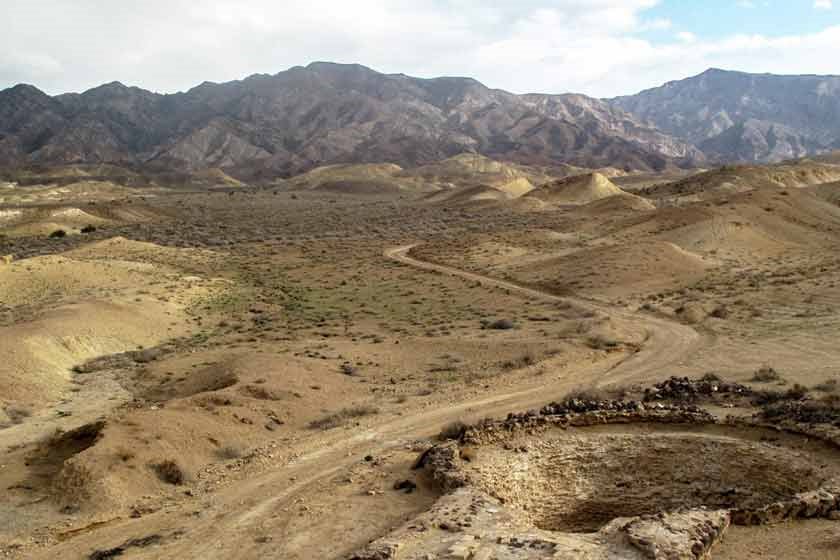
the Desert region is one of the few points on the Earth's surface that should be protected as a global reserve.
Since 1964, the Kavir region has been under the "Iranian Hunting Center" — which later became the Environmental Protection Organization — and since 1976
...it was elevated to the higher protection status of a National Park. In 1978, with the reduction of some areas in the north and the addition of areas in the south،
its area reached 670,000 square kilometers, and in 1982, considering the economic, social, and available resources
and protective capabilities, it was divided into two parts: a national park covering an area of 420,000 hectares, including the regions of Siyah Kuh, Nakhjir, and Sefid Ab
and all adjacent hills and plains, and the protected area of the Kavir covering 250,000 hectares
It was divided into the plains of Makoush, Siah Pardeh, Pardeh Zard, and the elevations of Davazdah Emam and Nareh Khar Kooh, and was placed under the management of
the General Department of Environmental Protection of Semnan Province.
Geographical location
access routes
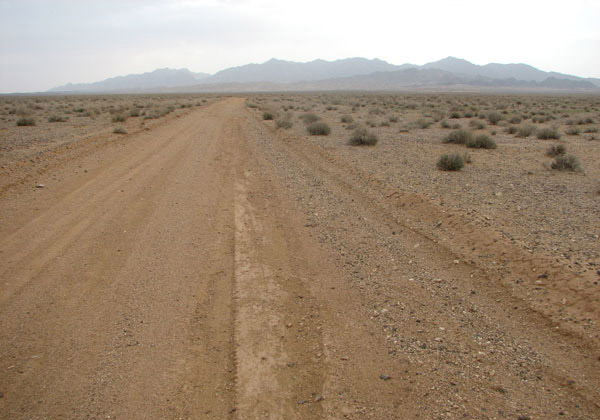
The entry routes to Kavir National Park are:
Route 1: The most suitable entry route to the area is via the asphalt road from Varamin, Pishva, continuing to one kilometer from the Abardezh railway station
and from the route of the gravel road from Qaleh Boland, Asgharabad, Hasar Goli to the Mobarakiyeh Conservation Base, it reaches and enters the Kavir National Park.
Second Route: Starting from Garmsar County towards the south and after passing through the paved road, it reaches the environmental protection area of Siah Kooh.
Third Route: It starts from Marnjab Caravanserai in the north of Bandar Rig Desert and south of Aran and Bidgol Salt Lake. After traveling approximately
50 kilometers, it reaches the environmental protection area of Sefidab.
Fourth Route: From the southern side of the Kavir National Park, through Kashan, Aran, Marnjab, to the Sefidab environmental protection station,
and just before Band-e Ali Khan, it reaches the seasonal environmental protection station of Band-e Ali Khan via the Varamin, Javad Abad, and CharmShahr roads.
Other Routes: There are other ways to enter the area, but crossing them without a guide can be very dangerous.
To prevent any potential unpleasant incidents, it is necessary to obtain information and permission
from the Semnan Province Department of Environment and coordinate with the affiliated units located in the area before embarking on any travel plans.
Climate
The desert park is home to springs and rivers. Among them are the White Water Spring near the White Water Reserve,
the Saltwater Cascade Spring near Malekabad, and the Black Mountain Spring near the Black Mountain environment protection.

When traveling to this desert, make sure to have sufficient water, a suitable desert vehicle, a spare tire, enough fuel, a first aid kit,
sunscreen, a hat, and sunglasses. It is also recommended to use tours specifically organized for this park to benefit from facilities
tours specifically organized for this park to benefit from facilities such as caravanserais like Dirgachin Caravanserai,
Bahram Palace, Martian Hills, and other areas and spaces of the Desert National Park.
Animal species in the desert national park
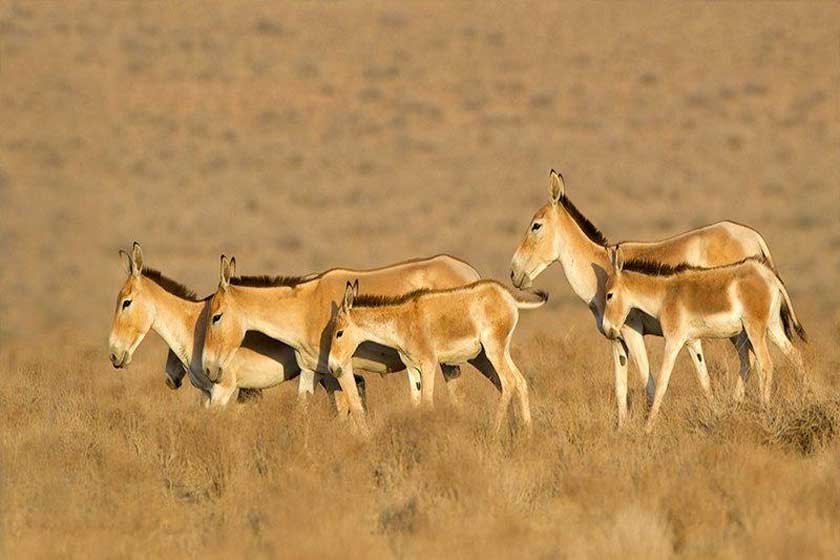
In total, 34 mammal species, 155 bird species, and 34 reptile species have been identified in this area.
The Persian leopard, Iranian cheetah, wolf, striped hyena, sand cat, red fox, sand fox, caracal, wild goat, mouflon,
jackal, and black-eared wheatear are among the prominent mammals of this area.
The Kavir National Park was once one of the best habitats for the Iranian goitered gazelle, but its population has now dwindled.
In the late years of the 1350s decade, it was estimated that around 800 Persian goitered gazelles inhabited the Kavir National Park،
But after years, it is still unbelievable that the population of 800 goitered gazelles in Kavir National Park
was completely wiped out in just 5 years! The last gazelles in Kavir National Park were a herd of 17 individuals in the Chah-e Qarqareh area in the eastern part of the park.
The last time they were seen was in 1363 (1984), and since then, there have been no reports of observing goitered gazelles in this area.
If the goitered gazelle species has not become extinct, it is on the verge of extinction, but the population of the Persian gazelle (a type of gazelle smaller and more delicate than the goitered gazelle)
in this area is likely the largest in all of Iran.
Kohan Saraye Keyhan eco-lodge provides eco-tourism services, accommodations, and more, welcoming dear travelers and guests.


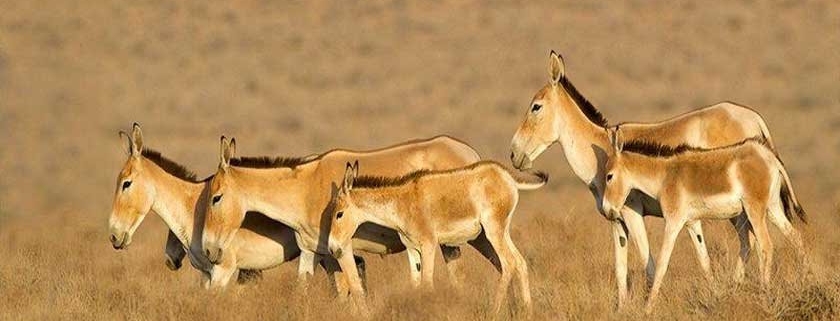
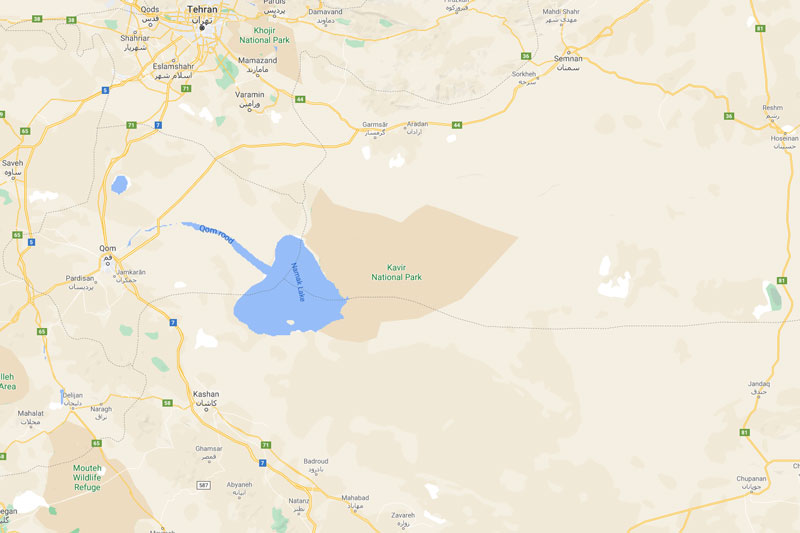
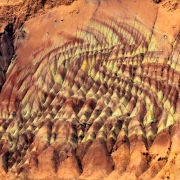

 keyhansara.ir
keyhansara.ir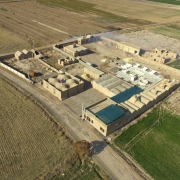

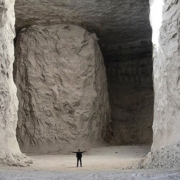


Leave a Reply
Want to join the discussion?Feel free to contribute!